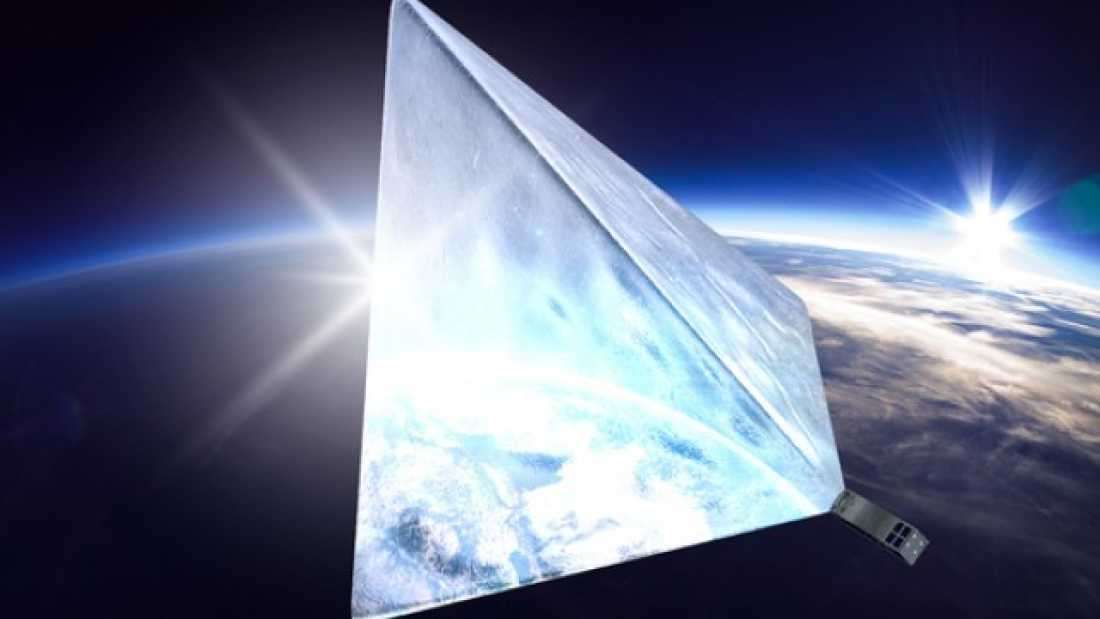The small satellite is in the form of a cubesat, roughly the size of a loaf of bread. It will be launched on a Soyuz 2.1v vehicle on Friday, July 14, from Baikonur Cosmodrome in Kazakhstan, as a secondary payload. The project, led by Moscow State Mechanical Engineering University (MAMI), raised more than $30,000 on Russian crowdfunding website Boomstarter.
Once in orbit, about 600 kilometers (370 miles) high, the satellite is designed to unfurl a giant pyramid-shaped solar reflector. The goal is for this satellite to shine brighter than any other star in the night sky. To do this, its reflector made of Mylar will span 16 square meters (170 square feet) and is apparently 20 times thinner than human hair. The mission is also acting as a technology demonstration, to test how to brake satellites in orbit and de-orbit them.
Based on our previous calculations, we think it’s going to shine with a magnitude (a measure of brightness) of about -3.6. This would make it the fourth brightest object in the sky after the Sun, the Moon, and Venus. Other reports put it as bright as a magnitude of -10, which would make it brighter than Venus.
While it might be an interesting project, that’s not necessarily a good thing. A lot of astronomy programmes rely on seeing the whole night sky, and having an errant star drift across could pose problems.
Source:
http://www.iflscience.com/space/a-russian-mission-to-create-a-new-star-will-launch-in-two-weeks/
how u launch this small satellite is in the form of a cubesat
Downvoting a post can decrease pending rewards and make it less visible. Common reasons:
Submit
good question
Downvoting a post can decrease pending rewards and make it less visible. Common reasons:
Submit